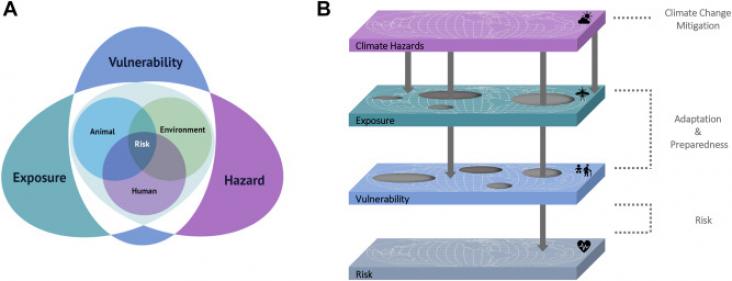Elsevier,
Comparative Biochemistry and Physiology -Part A : Molecular and Integrative Physiology, Volume 284, October 2023
This article advances SDG # 14 by investigating the impact aerobic swimming exercise in fish has on improving robustness of some species and the importance of establishing suitable rearing conditions to improve the welfare of cultured fish.
This chapter advances the UN SDG goals 13 and 14 by reviewing the impact of habitat degradation on local biodiversity and species invasions, particularly in the context of climate change and shifting habitat ranges.
This chapter advances the UN SDG goals 13, 14, and 15 by reviewing the role of biodiversity in sustainable development and the UN Sustainable Development Goals.

World Animal Day exists to raise the status of animals and improve welfare standards around the globe.
It’s a day of celebration for animal lovers everywhere.
This chapter advances UN SDG goals 13 and 12 by addressing technologies that advance the detection of spills and protect marine ecology / environments as well as human health.
This study provides an overview of the species N. Nandus, along with all currently available information on the species.
UN's Summit of the Future 2024: Paving the Path for SDG Resources
Wetzel's Limnology (Fourth Edition): Lake and River Ecosystems - Chapter 26: Shallow Lakes and Ponds
Wetzel's Limnology, Fourth Edition: Lake and River Ecosystems, 2024, pp 859-892
This chapter advances the UN SDG goals 11, 13, and 14 by reviewing the role of lakes and ponds in maintaining critical aquatic biodiversity and ecosystem functioning in the context of growing urbanization and climate change.

Climate change is one of several drivers of recurrent outbreaks and geographical range expansion of infectious diseases in Europe.
The authors analyse global patterns of green water fluxes (key for sustaining crops) and blue water fluxes (water that sustains aquatic ecosystems). They show that green fluxes are beginning to dominate, elevating blue water vulnerability.
